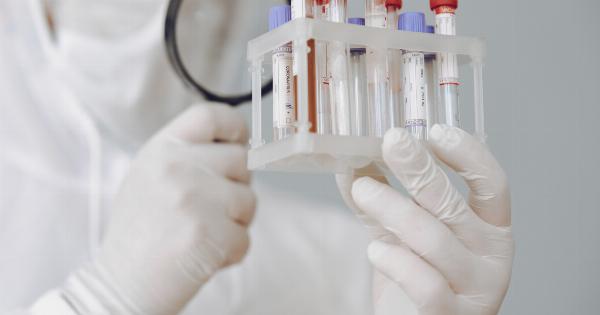According to the World Health Organization, cancer is one of the leading causes of death worldwide. In fact, it’s estimated that over 9.6 million people died from cancer in 2018 alone.
While the prognosis for many cancer patients has improved over the years due to advances in cancer treatments, early detection is still a critical factor in improving the chances of survival.
What are Cancer Markers?
Cancer markers, also known as tumor markers, are substances that are produced by cancer cells or by the body in response to cancer. Cancer markers can be found in the blood, urine, or tissue samples of cancer patients.
The presence of cancer markers can help doctors diagnose cancer, determine the stage and aggressiveness of the cancer, and monitor the effectiveness of treatment.
However, not all cancers produce cancer markers, and some cancer markers may be produced by other types of cells in the body, leading to false positives and false negatives.
Additionally, many cancer markers are not specific to a particular type of cancer, making it difficult to identify the exact location of the cancer.
The Traditional Method of Detecting Cancer Markers
The traditional method of detecting cancer markers in the blood involves taking a blood sample from the patient and sending it to a laboratory for analysis.
The laboratory then measures the level of cancer markers in the blood and compares it to the normal range for that particular marker. If the level of the marker is above the normal range, it may indicate the presence of cancer.
While this method can be useful in detecting cancer, it has some limitations. For example, the level of cancer markers in the blood can vary depending on the time of day, the patient’s diet, and other factors.
Additionally, many cancer markers are not specific to a particular type of cancer, making it difficult to identify the exact location of the cancer.
The New Technique for Detecting Cancer Markers
A new technique for detecting cancer markers has been developed by researchers at the University of Bradford in the UK. The technique involves using a device called a SERS strip to detect cancer markers in urine samples.
The SERS strip is a small strip of gold that has been coated with a special layer of molecules that are designed to capture cancer markers.
When a urine sample is applied to the strip, the cancer markers bind to the molecules on the strip, causing a change in the way that light interacts with the gold surface.
This change in light is then detected by a device called a Raman spectrometer, which can analyze the light and determine the presence and amount of cancer markers in the urine sample.
The Advantages of the New Technique
The new technique for detecting cancer markers has several advantages over the traditional method:.
1. Non-Invasive
Unlike the traditional method, which requires a blood sample, the new technique uses urine samples. Urine samples are much easier to obtain and are non-invasive, making them more acceptable to patients.
2. Higher Sensitivity and Specificity
The new technique is much more sensitive and specific than the traditional method.
The SERS strip can detect cancer markers at much lower levels than the traditional method, and the Raman spectrometer can identify specific cancer markers, making it easier to identify the location and type of cancer.
3. Faster Results
The new technique can provide results in just a few minutes, compared to the traditional method which can take several days to get results from a laboratory.
The Potential Impact of the New Technique
The new technique for detecting cancer markers has the potential to revolutionize the way that cancer is diagnosed and monitored.
The non-invasive nature of the technique could make it more acceptable to patients, leading to earlier detection of cancer and improved chances of survival.
The higher sensitivity and specificity of the technique could also lead to more accurate diagnoses and more personalized treatments for cancer patients.
In addition, the faster results could lead to more efficient use of healthcare resources and reduced healthcare costs.
While the new technique for detecting cancer markers is still in the early stages of development, it holds great promise for the future of cancer diagnosis and treatment.





























